Can AI help build a more liveable city?
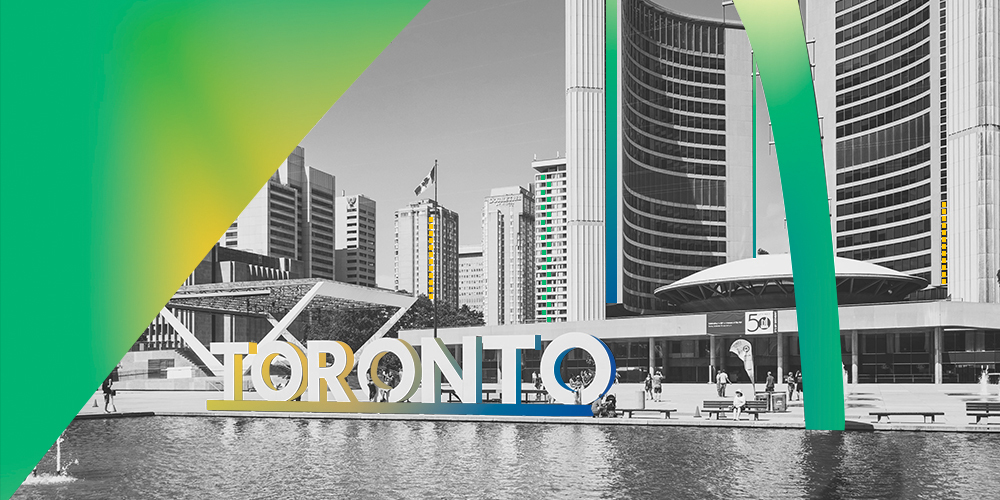
There are important lessons to be learned from failed smart city projects like Toronto’s Sidewalk Labs. In this latest episode of Solve for X, we explore how retrofits can be a powerful way to improve life in the city.
As we start to feel the effects of climate change, it’s clear we need to find ways to adapt our communities and lighten the impact on the planet. It can be tempting to just start over somewhere fresh — to build a fully optimized city that’s decked out with the latest technology to be sustainable and efficient. But as we’ve seen in one smart city development after another, these projects often fail to live up to the hype. It might be time to rethink what a smart solution actually looks like. In this episode, we learn about two companies that are harnessing the power of artificial intelligence to retrofit what already exists. By optimizing heating and cooling systems and re-tooling public transit, these two ventures are already helping shrink the carbon footprint of cities. It’s a good reminder of the power of incremental change.
Featured in this episode:
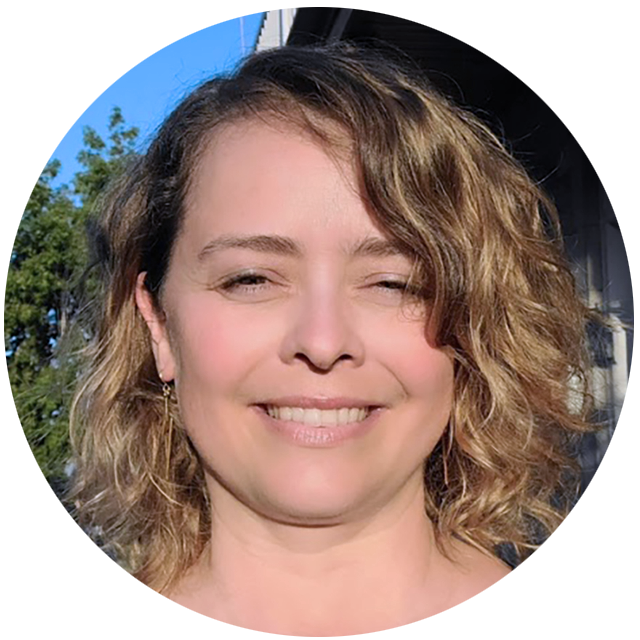
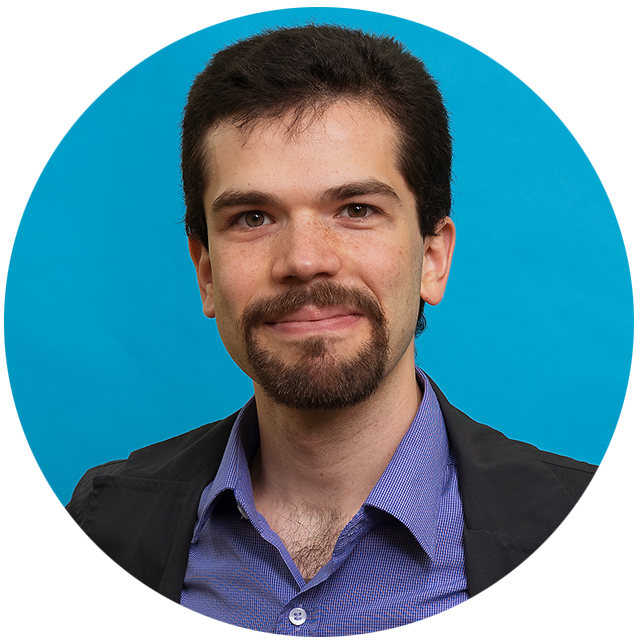
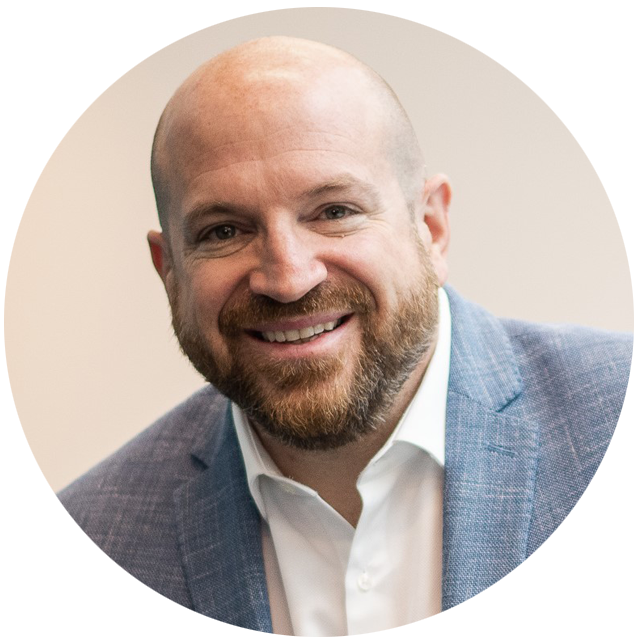
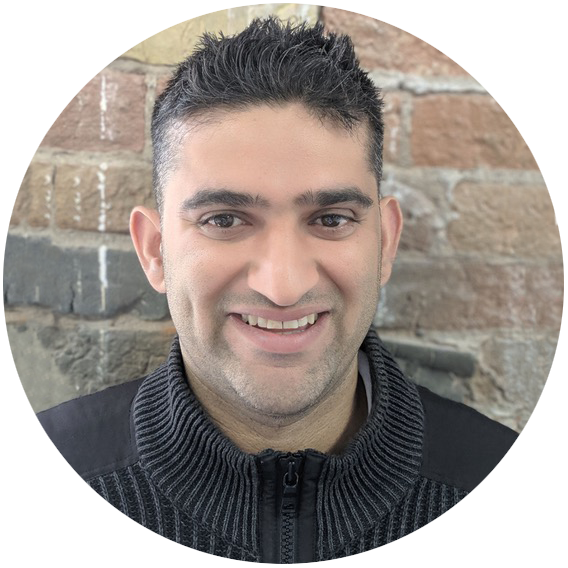

Further reading:
- Toronto wants to kill the smart city forever
- Nine million people in a city 170 km long; will the world ever be ready for a linear metropolis?
- The Reality of Abu Dhabi’s Unfinished Utopia
- Mila announces a partnership with BrainBox AI to support the launch of the company’s first meta-learning project
- Addressing climate change by retrofitting Canada’s existing buildings
- To make U.S mobility more sustainable, improve access to public transit
Subscribe to Solve for X: Innovations to Save the Planet here. And below find a transcript to the sixth episode “Can AI help build a more liveable city? ”
Manjula Selvarajah: Imagine a city that’s clean and easy to get around, where everyone has a place to live. Forget traffic jams, power outages, smog — they wouldn’t exist. Because this city of the future would be designed and built out of sustainable materials, embedded with the latest technology and optimized for ultimate efficiency. It sounds appealing, doesn’t it?
Sarah Moser: There is something really seductive about starting over from scratch. We sort of leave behind the problems of the old cities, and it feels like you can kind of resolve all these problems that plague us by just creating something completely new and different — we’ll just start something somewhere else rather than do the difficult work of incremental change in established cities.
Manjula Selvarajah: That’s Sarah Moser, a professor of urban geography at McGill University. She’s an expert in new smart city projects.
Sarah Moser: I do research on new cities being built from scratch around the world. There are about 150 in over 40 countries, and I’m trying to understand globally what’s happening. Why in the last 10 to 15 years is there this sudden explosion in new city projects.
Manjula Selvarajah: Proposals for smart city projects promising a cleaner way of living are popping up everywhere. In Egypt they’re building a new smart capital city 40 kilometres outside of Cairo. Singapore is planning an eco-friendly town with automated garbage collection. In Japan, Woven City at the base of Mount Fuji promises to be the world’s first programmable city — outfitted with sensors, artificial intelligence and robot helpers.
Sarah Moser: I think new cities are easier in a lot of ways — you don’t have to negotiate with an existing population; you don’t have to compromise. You’re not beholden to bylaws and complicated red tape and bureaucracy. You just can kind of do anything; you have a blank slate. So property developers and tech companies are particularly drawn to new cities built from scratch, because they’re like an experimental playground in a way — I think that’s a dangerous impulse to be honest.
Manjula Selvarajah: This is Solve for X — Innovations to Save the Planet, a series where we explore the latest ideas in tech and science that could help us tackle climate change —I’m Manjula Selvarajah. Today I want to explore what we really mean when we talk about smart cities, and dig into that desire to start over from scratch. Because as we start to feel the effects of climate change, it’s clear we need to find ways to adapt our communities and lighten the impact on the planet.
Sarah Moser: Oftentimes it’s like no matter what the problem is — a new city will solve it. So whether it’s congestion or pollution or a lack of housing; new cities will solve all your problems.
Manjula Selvarajah: For instance, one problem new city projects are increasingly looking to solve is the climate.
Sarah Moser: One of the most iconic new city projects that made specific climate goals is Masdar in Abu Dhabi. That was one of the earlier ones that was launched around 15 years ago, and that was trying to be the first carbon-neutral city in the world. And so there would be no cars allowed in the city and everyone would either walk around or take these personal pods underground that were these driverless pods.
Manjula Selvarajah: Masdar was supposed to be the first carbon-neutral city in the world. But things didn’t turn out as planned.
Sarah Moser: This has been dramatically scaled back, kind of beyond recognition. And so now they’re letting cars in the project, the personal transportation pod has been scrapped, and they no longer call it a carbon neutral city — they call it a low-carbon project. So even Abu Dhabi was unable to execute this wildly ambitious project and Abu Dhabi has, you know, 8 percent of the world’s known oil. So this is a kind of cautionary tale for other new cities that want to make these wild claims — that even if Abu Dhabi can’t do it, it’s very unlikely it’s going to be done by anyone else.
Manjula Selvarajah: In fact, many smart city projects have struggled to get off the ground.
Sarah Moser: Many of them are stalled. Many of them have collapsed. Many of them have kind of modified themselves beyond recognition. And a lot of them are just PowerPoint cities that only exist in websites and PowerPoint presentations. A lot of the high-tech kind of gizmo stuff never really happens. It just sort of looks jazzy — maybe to attract investors, to attract future residents; and then there’s not that much follow through.
Manjula Selvarajah: Back in 2017, Sidewalk Labs — a subsidiary of Google — announced plans for Quayside. It was supposed to be a smart, sustainable community on the waterfront in Toronto.
Sarah Moser: It was going to be efficient, it would use less water and electricity and it would be inclusive and it would be very sustainable. You know, everything in the artist’s impression looked like this kind of utopia — hipster utopia even.
Manjula Selvarajah: But the project never broke ground; there were mounting concerns over privacy rights. Then early in the pandemic, Google announced it was over. They were stepping back from the development.
Sarah Moser: All Google claimed it would do was develop some undeveloped land — and they said we’ll pitch in $50 million of Google money to boost it. And I think everyone had stars in their eyes thinking $50 million is a lot of money. This is pocket change for a project like that.
Manjula Selvarajah: As Sarah says, there’s an important lesson to take from the failed Google project in Toronto.
Sarah Moser: I think we all gained data literacy over the past couple years. And I think everyone learned a lot about how to think about these projects; and who is the winner in these projects and who, you know, loses out.
Manjula Selvarajah: So given the track record of these developments, it’s worth asking what actually makes a city smart.
Sarah Moser: I think a city is smart if it is efficient. If we use water and electricity efficiently, if residents can get around without cars — using bikes or walking or using public transportation. It can have smart high tech gizmos, but it doesn’t have to. A smart city looks just like a normal city; it just functions smoothly and it’s inclusive.
Manjula Selvarajah: So you won’t be living in a town with personal travel pods and robot helpers any time soon. But what other smart technologies can help us reach our climate goals? I found two solutions that are working to lower emissions in cities, right now. They harness the power of artificial intelligence to retrofit what already exists. We’ll explore these later in the episode — but first, given the hype that usually accompanies talk of smart solutions, I wanted to understand what AI can and can’t do when it comes to climate change. I reached out to David Rolnick. David co-founded the non-profit Climate Change AI. He’s an assistant professor of computer science at McGill University and Mila — the Quebec AI Institute. I asked David to define what exactly we mean by AI.
David Rolnick: It just means any computer algorithm that does stuff — like optimizing or forecasting or making some kind of prediction; and those can be very mundane applications.
Manjula Selvarajah: David studies how AI can reduce emissions and help us respond to the effects of a changing climate.
David Rolnick: Fundamentally, climate change is not mostly about technology. Technology can reduce the barrier to meaningful change, it can make change easier, it can make some of that change happen by itself — but fundamentally there are decisions that society has to make and technology is not going to completely remove the costs involved in saving society in the medium and long term.
Manjula Selvarajah: How do you assess that a particular machine learning solution has a real climate impact? Who’s watching the AI to know that it is having an impact?
David Rolnick: This is a really great question. And it’s also worth bearing in mind that a lot of AI applications are making climate change worse. I’d particularly highlight the way in which AI is being used extensively in fossil fuel exploration and extraction to make fossil fuels cheaper. And it’s been estimated that AI and advanced analytics are going to make the fossil fuel industry an additional half trillion dollars in additional profit by 2025 alone. So this is just to show that there are many ways in which AI’s impact is not positive. And I’d also highlight the ways in which AI is being used to create personalized recommender systems that are designed to boost consumption, and are probably greatly increasing our consumption of goods and thereby greenhouse gas emissions. So the overall impact of AI; it’s not at all clear whether this is positive or negative. My guess is that probably there are more negative applications of AI than there are positive ones. We should still be working on the positive ones.
Manjula Selvarajah: What are those positive applications — where can AI be most effective?
David Rolnick: It’s mostly extremely unflashy things — like understanding transportation demand, where do people need bike sharing stations, or how can we design infrastructure to reduce sprawl? It’s about controlling heating and cooling systems in existing buildings to use less energy. We also see AI being really useful in forecasting to waste less power and enable better integration of renewable energy; also interfacing between different modes of transportation — so enabling systems to work really smoothly with people shifting from buses to trains or to other forms of public transportation. Really, trying to make these kinds of systems work in the smoothest way possible. And I think that most of these are very readily implementable right now with the current technology that we have, that doesn’t really require much in the way of additional built infrastructure or new technologies that are more speculative.
Manjula Selvarajah: But let’s talk about optimization and how it might help retrofit cities. When it comes to AI in the city— you know in the news we’ve heard all of these stories of building new, smarter cities and then there are high-profile examples of how these cities fail to launch — in your opinion, how can AI help cities address climate change?
David Rolnick: Don’t build a new city. Work with the city that you have. No need for, you know, full on buildings built from the ground up with magical sensors. Adding new sensors can be good, but there’s a lot that we can do with the cities that we have in order to just make them more efficient and effective.
Manjula Selvarajah: Realistically, in the coming years the vast majority of us are going to live in cities and towns that already exist. So we’ll need to adapt our communities in smaller yet impactful ways. Take for instance: buildings. Globally, almost half of all greenhouse gas emissions are generated by our built environment — a lot of carbon dioxide is involved in constructing roads, bridges and sidewalks. It also takes a lot of energy to heat and cool our buildings. As an example, in Toronto where I work, buildings make up 55 percent of the city’s emissions.
Sam Ramadori: It’s very evident to us because we all drive a car, how much gas it consumes, we’re paying for it every day; but buildings is that “silent to giant” in the world where it consumes just an enormous amount of energy. And within that building by far, the single biggest consumer of energy is the heating and cooling of that building.
Manjula Selvarajah: That’s Sam Ramadori — he’s the CEO of BrainBox AI; a Montreal-based company that’s working to reduce the carbon footprint of commercial buildings.
Sam Ramadori: So, let’s take your average building today. That building has a system in it that has a lot of pieces of equipment that’s designed to either heat or cool your room. I want that room to be 22 degrees Celsius — that’s solely responding to what the thermostat on the walls or the sensors in the building is telling it to do. But that building is impacted mainly by what’s happening outside. The biggest signal impact for sure is weather. But that system has no clue today. It has no clue. Is it sunny now? Is it going to rain? Nothing. Well, what the AI is allowing it to do is to take in all the data from inside the building — but also outside. So suddenly we take a building that only knows what’s going on inside and making decisions; and now we’ve turned it into this building with a brain that’s constantly learning the external factors to the inside of the building and reacting in real time — at that moment in time — and saying: “I should be doing this.” And this is far more efficient than what the building used to do when it was blind to the outside world.
Manjula Selvarajah: The AI plugs into the heating and cooling system — or HVAC, and analyzes everything from weather forecasts, the angle of the sun, to whether the building across the street is casting a shadow, to how warm we usually want the room to be. It takes all these data points to predict what the building will need to maintain a comfortable temperature.
Sam Ramadori: Ok here’s the scary stat: buildings waste a lot of energy. People say 20, 30 percent of energy in a building is wasted; so on a human’s global scale, you’re like — oh my God, that’s a lot of energy going up the smokestack.
Manjula Selvarajah: It’s estimated that globally we are going to be constructing the equivalent of a New York City–sized pack of buildings every month for the next 40 years — and that’s on top of all the buildings we already have. That’s a lot of HVAC systems to optimize.
Sam Ramadori: That’s what we need. We need to have systems that are much more intelligent than they are today.
Manjula Selvarajah: That’s even more important when you think about where our energy is coming from. Sam told us about how they partnered with WattTime, a non-profit that predicts the carbon intensity of energy minute by minute. The goal is to help buildings make even smarter decisions about when and where they get their energy.
Sam Ramadori: So, isn’t that cool? The building can now say — okay, I’m using energy now; it’s pretty clean energy. In about two hours, it’s going to be pretty fossil fuel driven — so, you know, pretty dirty energy. Is there anything I could do to use more energy now, and then later just coast by and try to use as little as possible of that dirty energy? I mean, think how intelligent that building is becoming. I mean, they were getting to levels that are getting pretty crazy, but that’s what we need.
Manjula Selvarajah: The idea of making sure a climate technology is tailored to the particular needs of a building applies on a much wider scale, too. What may be a smart solution in a big city may not make sense in a small city and vice versa. Take for instance, public transit. To learn how the town of Fort Erie is working to reduce their greenhouse gas emissions from the transit system, we reached out to one of their drivers.
Marty LeDuc: My name’s Marty LeDuc and I’ve been basically driving transit for over 20 years.
Manjula Selvarajah: Over the years, Marty noticed an alarming trend on his bus route.
Marty LeDuc: There’s different times where, on the buses, we would be driving empty.
Manjula Selvarajah: But when you think about the climate, that’s a lot of fuel wasted. I spoke with a Canadian startup that’s working with the Town of Fort Erie to help them address this problem.
Remi Desa: I’m Remi Desa. I’m the co-founder and CEO of Pantonium.
Manjula Selvarajah: Remi’s made it his job to study the challenges facing public transit, particularly in small cities and towns.
Remi Desa: The challenge with a city like Fort Erie is you have these star-shaped systems where you have a transit centre and then you have the bus routes which are like petals that go around the city. So if you need to get across the city, you have to transfer — so you have to go to the centre of the city and go across.
Manjula Selvarajah: The problem, Remi says, is that outside urban centres, most communities have been designed for cars, not public transit.
Remi Desa: For me, the only way to get more “choice riders” is to make that service something that people will want to use.
Manjula Selvarajah: So Remi developed a smart software solution to address the problem. Instead of waiting at a bus stop or transferring lines — the platform lets people choose where they want to go.
Remi Desa: Because we can really understand the true origin and destination of where people are going, we can create these dynamic routes. And if we see a trend where it makes sense to have a fixed route, we can put a fixed route into place.
Manjula Selvarajah: Is that the right way to approach things? To retrofit a system that we know has problems? I mean, these buses ultimately rely on fossil fuel. What about electrification?
Remi Desa: I think that’s very important to electrify bus fleets. But going back to, looking at what are some of the causes of the issues of why people are not using public transit — if we have an electrified bus fleet and no one is using public transit, we still have the same problem.
Manjula Selvarajah: The hope is that more people will take public transit; and more riders equals lower overall emissions. But creating a smarter public transit system to meet that challenge, is not so simple. When it comes to optimizing where people need to go, in real time, that requires some complex math.
Remi Desa: If I need to go to three stops, there are actually six possible ways of me doing that. But if I have to go to 10 stops, it’s over 3 million different ways. So the problem gets big, very very fast. And being able to solve that problem in real time? That is the challenge.
Manjula Selvarajah: Tell me about some of the municipalities that you’re working with right now.
Remi Desa: So we’re working with municipalities in different places in North America. I’d say one of the most interesting ones — which we just recently deployed about five months ago — is the city of Fort Erie. Their ridership was declining, not many people were using public transit and they were trying to find a way to really get more people to use public transit and make it more accessible.
Manjula Selvarajah: Part of making transit more accessible also means thinking about how people access this new on demand service. But not everyone has a smartphone or a computer, so they made sure to install a phone number and dispatch operator who can help people book rides and get where they need to go.
Dispatch recording: Hello, thank you for calling the Fort Erie transit.
Dispatch operator: Good afternoon, Fort Erie transit on demand, this is Ashley speaking.
Manjula Selvarajah: The shift to on demand service means that the catchment area has expanded to cover rural areas as well as downtown.
Dispatch operator: And where are we taking you to?
Passenger: Waverly Beach Park
Manjula Selvarajah: I was curious to learn how things have changed for the transit operators and bus drivers themselves. Back to Marty LeDuc, who drives public transit in Fort Erie.
Marty LeDuc: With the system now, if we’re travelling — either we’re going to pick somebody up and take them to their destination, which we might have to pick up other people on route and our areas have expanded to the whole boundaries of Fort Erie. So our ridership has increased quite a bit, which makes it a lot better for the community of Fort Erie.
Manjula Selvarajah: According to statistics from the town, ridership has increased even beyond pre-pandemic levels. But, that’s not the only change. The town also decided to make another big switch: moving from diesel buses to minivans.
Marty LeDuc: And even with six, seven vans on the road a day, we’re using less fuel than what the buses were using.
Manjula Selvarajah: But not everyone got on board with the change they were seeing.
Marty LeDuc: We’ve had good response with it and we’ve had bad. We have lost some of our original customers that used the buses. Unfortunately with the COVID going on and the pandemic, you’re now more in a closed area — whereas the buses you have a more open area where you could sit away from people. But the thing is we’ve lost some of our old customers, but we’ve gained a lot more new customers.
Manjula Selvarajah: As a driver, Marty sees the importance of bringing everyone along — and oftentimes that comes down meeting people where they’re at.Marty LeDuc: Doing the job long enough — you see the changes, you see the way the people are, and you learn to understand the way that people are thinking. So knowing how to deal with that customer so you’re making them happy with the ride they’re on.
Manjula Selvarajah: So how does Marty feel about how AI has impacted his life?
Marty LeDuc: Well, I wouldn’t say “the AI” is taking over. The system is a good system, it does have its flaws; there’s times where you can’t just follow the system, you have to think outside the box. We’ll pick up passengers — I’ll have two people in my van, and it’ll have me driving right past one of the rider’s stops to drop off somebody else first and then backtrack to the other spot. Myself — I don’t do that. If I’m going by somebody’s stop, I’m going to drop them off.
Manjula Selvarajah: And as we saw in both Toronto and Fort Erie, we’ve got to do the work to make sure every solution works for the community and is implemented in a smart way.
Sarah Moser: We really do need tech experts evaluating this and advising government officials — who often have no background in this kind of area. And so we really do need to get up to speed, fast. This is moving way beyond what most of us can keep up with.
Manjula Selvarajah: As we confront climate change and rethink how we plan our cities, we might also need to rethink what a smart solution looks like. Here’s urban geographer Sarah Moser on what she’d like to see more of.
Sarah Moser: I think retrofitting is what we need to do — kind of globally. It’s not the sort of snazzy topic that’s going to get magazine covers and lots of long form journalism, but that’s what we need to do. Oftentimes the solution is kind of boring, you know, HVAC systems —who wants to talk about HVAC systems? But that can actually make a real dent in our carbon footprint. I think the future is going to look pretty much like this (I hope) with modifications and improvements and incremental change and good policy. It’s policy about creating bike lane infrastructure. It’s policy about planting and maintaining trees and replacing them when they die and having a nice canopy in our cities that reduces our need for air conditioning. So government officials really need to be scrutinized, and they need to be educated on the value of these technologies.
Manjula Selvarajah: And there’s a lot we have to tackle. Helping cities address climate change will take a number of tweaks both big and small to get us where we need to be.
Solve for X is brought to you by MaRS. This episode was produced by Ellen Payne Smith. Gab Harpelle is our mix engineer, Lara Torvi and Heather O’Brien are the associate producers. David Paterson provided editing support and Mack Swain composed our theme song and all the music in this episode. Kathryn Hayward is the executive producer.
I’m your host Manjula Selvarajah. Watch your feed for new episodes coming soon.
The Mission from MaRS initiative was created to help scale carbon reducing innovations by working to remove the barriers to adopting new technology. Mission from MaRS thanks its founding partners, HSBC, Trottier Family Foundation, RBC Tech for Nature and Thistledown Foundation. It has also received generous support from Peter Gilgan Foundation, BDC, EDC and Mitsubishi Corporation Americas. Learn more about the program at missionfrommars.ca.
Photo illustration by Kelvin Li
 MaRS Staff
MaRS Staff